Plastic Prototype Manufacturing: Key Prototyping Techniques
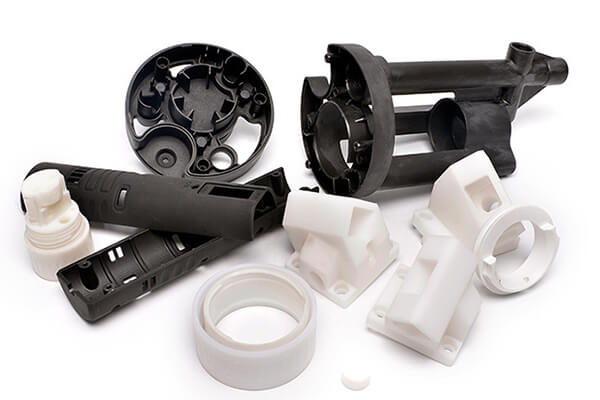
The Significance of a Plastic Prototype
Prototyping stands as a crucial asset for entrepreneurs and businesses alike, providing a valuable means to evaluate a physical product before committing to full-scale production. A plastic prototype offers the advantage of swiftly engaging with the tangible representation of your plastic product.
This approach not only allows you to showcase your concepts to potential investors but also affords them the opportunity to experiment with the prototype. These plastic prototype parts serve as a precursor for potential customers, aiding in the assessment of their interest in the product before its official launch.
Collaborating with prototyping companies empowers designers to implement necessary adjustments prior to the production of plastic items. Ultimately, this proves beneficial for both the manufacturer and the end-user of the final product. Additional advantages encompass:
- Exploration of various design features through testing on the plastic prototype.
- Verification of design functionality.
- Establishment of a testing benchmark for the development of additional features.
- Facilitation of customer feedback.
- Early identification of potential defects and irregularities in prototype plastic parts, preventing issues in mass production.
- Refinement of design for enhanced manufacturing efficiency.
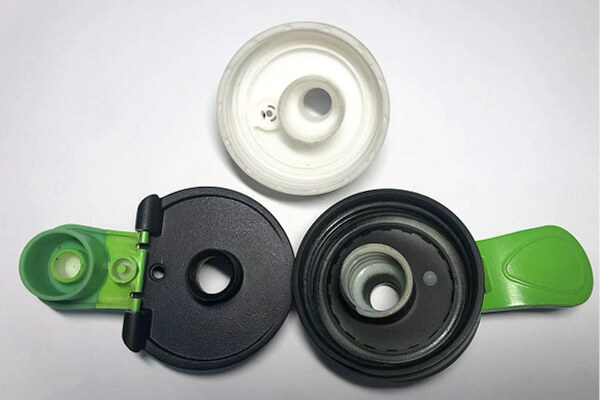
Essential Steps Before Developing a Plastic Prototype
Prior to embarking on the manufacturing of a plastic prototype, the initial consideration should be your Computer-Aided Design (CAD) model. This digital representation serves as a blueprint of your intended product, providing both you and the manufacturer with a visual guide on the product’s appearance.
The CAD model also illustrates how the plastic components interconnect and how the product functions as a cohesive whole. The preparation of a CAD model becomes the foundation for creating a physical prototype, whether it is visual or functional.
Visual Prototypes: These prototypes offer a glimpse of the final product’s appearance. They do not need to function as the end product, making 3D printing the most cost-effective and rapid method for their development.
Functional Prototypes: In contrast, functional prototypes embody the desired final product, encompassing both materials and mechanics. These prototypes serve as effective tools for testing product designs before progressing to mass production.
Processes of Making Plastic Prototypes
The creation of plastic prototypes offers a high degree of flexibility within the realm of rapid prototyping. A diverse range of processes is available, allowing you to select the most suitable method for fabricating your prototype plastic parts. Among the options are Vacuum Casting, 3D Printing, CNC Machining and Injection Molding.
These processes provide a spectrum of choices to effectively bring your plastic prototype to fruition.
Vacuum Casting
The vacuum casting process serves as an efficient means to replicate multiple plastic prototype parts for testing purposes. This method involves utilizing a master model to generate parts suitable for evaluation. In the plastic prototype fabrication using vacuum casting, raw material is injected into a silicone mold. However, before the creation of the silicone mold, a master model is a prerequisite.
Master models can be crafted through 3D printing or CNC machining. Once the master model is complete, silicone-based casting molds are developed. The raw materials are then injected into the mold cavity under a vacuum bell jar. The resulting cast typically takes around 30 to 40 minutes to harden, yielding an accurate duplicate of the prototype.
Vacuum casting accommodates a wide range of materials, spanning from transparent to opaque. Additionally, fabricators can reuse the silicone mold to produce up to 25 prototypes. This expedites the design realization process, bringing product development and mass production into closer proximity.
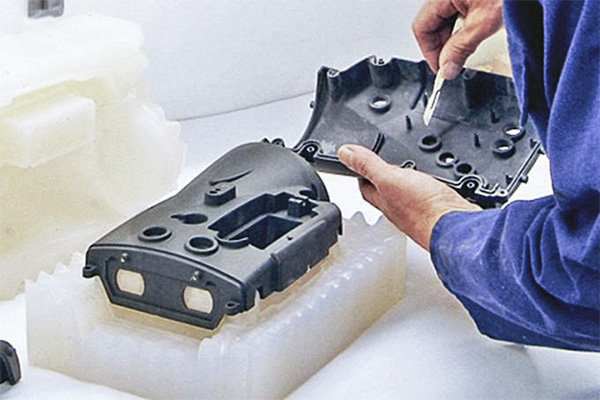
Advantages of Vacuum Casting in Rapid Prototyping
- Precision: Vacuum casting enables the creation of high-precision prototype plastic parts with intricate details.
- Replication: The silicone mold allows for the reproduction of several identical prototypes within a short timeframe.
- Complexity: Ideal for fabricating parts with intricate and complex shapes.
- Quality Reproduction: When utilizing the appropriate mold material, vacuum casting produces prototypes with quality identical to the intended final product.
- Material Compatibility: Compatible with a diverse range of plastic materials, offering varying degrees of rigidity, flexibility, and texture.
3D Printing
Additive manufacturing, commonly known as 3D printing, encompasses various cutting-edge technologies that are transforming the landscape of manufacturing in the era of Industry 4.0. This overarching term encapsulates several methods, and three of the most widely employed techniques for fabricating 3D prototype plastic parts are:
1. Fused Deposition Modeling (FDM)
FDM 3D printing stands out as the most prevalent method in plastic prototype fabrication. This process employs extrusion to deposit plastic materials layer by layer, gradually forming the final product. When utilizing industrial-grade FDM printers, fabricators can achieve prototypes with enhanced strength and resolution, depending on the chosen materials. FDM is a versatile procedure compatible with various materials such as PLA, ABS, Nylon, PETG, Polycarbonate, and more.
2. Stereolithography (SLA)
Unlike FDM’s filament-based approach, SLA 3D printing utilizes plastic resin materials to craft 3D prototype plastic parts. The method involves a high-powered laser solidifying the model from a vat of resin. Manufacturers leverage SLA for diverse prototyping purposes, including applications in dental, medical, and general consumer components.
3. Selective Laser Sintering (SLS)
SLS technology employs a high-powered laser similar to SLA, but it sinters powdered materials together to form a 3D model. This process yields superior print quality compared to FDM, resulting in more functional and higher-resolution prototype plastic parts. These SLS prints are generally characterized by increased durability and flexibility.
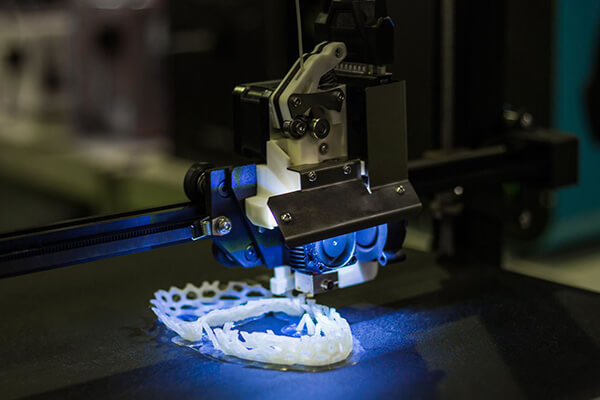
Benefits of 3D Printing in Plastic Prototype Development
- Speed and Cost Efficiency: 3D printing accelerates the plastic prototype creation process, simultaneously reducing overall manufacturing costs.
- Seamless Workflow: Direct uploading of CAD files into 3D printer software ensures efficient communication with the machine, facilitating a smoother workflow.
- Material Flexibility: 3D printing allows for flexible material choices, enabling manufacturers to test different materials when producing prototype plastic parts.
- Iterative Design: The ability to easily update a product’s CAD file before printing enables rapid design iterations, fostering quick and efficient modifications.
- Rapid Prototyping: Fabricators equipped with 3D printers can typically transform product designs into prototypes within 24 hours or less.
CNC Machining
CNC machining presents a rapid and effective approach to plastic prototype fabrication. Utilizing a diverse array of tools, this technology carves 3D models from solid blocks of materials. The process involves a subtractive approach, where materials are removed from the solid block, differing from the additive nature of 3D printing. Despite this, CNC machining allows for the creation of plastic prototypes using various materials.
Digital milling machines enhance efficiency in the CNC machining process. Fabricators achieve streamlined automation by employing a computer to direct the milling machine based on uploaded 3D files. CNC plastic prototyping doesn’t necessitate the use of molds, rendering it cost-effective and requiring only a CAD rendering to initiate the process.
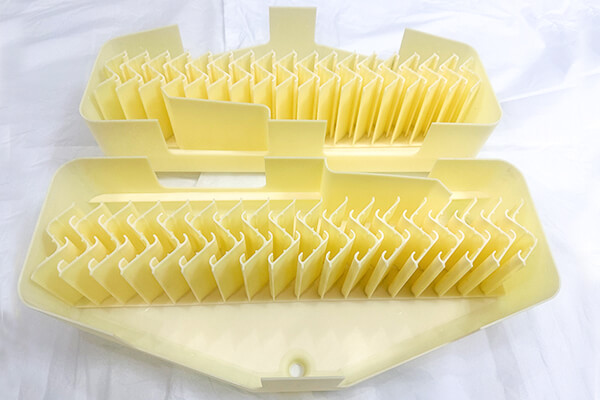
Advantages of CNC Machining in Plastic Prototyping
- Tool-Free Testing: CNC machining enables the testing of fit, form, and function of prototype plastic parts without the need for injection mold tooling.
- Precision Capabilities: CNC machining offers enhanced potential for tight tolerances, undercuts, threads, and size limitations.
- Varied Surface Finishes: This technique allows for the creation of diverse surface finishes on prototypes, including polishing, painting, powder coating, and more.
- Swift Turnaround: CNC machining provides rapid turnaround times, depending on the complexity of the plastic prototype model.
- Material Versatility: The extensive range of materials compatible with CNC machining facilitates easy material selection for fabrication.
- Mechanical Properties: The resulting prototype closely mirrors the mechanical properties of the injected part, with variations based on appearance and desired functionality.
Injection Molding
Injection molding, renowned for mass production, also stands as a valuable method for plastic prototype fabrication, especially for limited production runs. This technique involves creating a metal die, into which plastic resin is injected under pressure after being heated in a barrel.
Benefits of Injection Molding for Plastic Prototype
- Cost-Effective Testing: Injection molding allows fast and cost-effective testing of product concepts without compromising quality.
- Real-Life Replication: It provides insights into the operational capabilities of plastic prototypes by creating real-life, near-perfect replicas of final products.
- Complex Part Fabrication: Ideal for fabricating complex parts varying in shape and weight.
- Industry Applications: Suitable for industries requiring extensive testing and certifications, such as the medical sector.
- Minimal Production Runs: Effective for minimal production runs, making it a valuable method for certain industries.
Critical Considerations for Rapid Plastic Prototyping
Selecting the most suitable plastic prototyping method is a crucial decision for designers, as prototypes must align closely with production parts as development progresses. In order to make an informed choice, designers should consider several key factors before opting for a plastic prototype fabrication method:
Purpose of the Plastic Prototype
The primary consideration should be the intended application of the prototype. Plastic prototypes serve various purposes across different industries, such as non-functional testing for marketing or functional testing with potential consumers. The chosen method should deliver prototype parts with precise colors, geometry, and surface finish aligned with the intended final product.
Form
Assess whether your design incorporates tight tolerances or complex internal features. This evaluation guides the selection of the appropriate prototyping technique, as some manufacturing options may have limitations based on design geometry. Technologies that seamlessly conform to the intended geometry of the plastic part are preferable, while some may necessitate high-level Design for Manufacturing (DfM) optimization for economic viability.
Volume & Cost
The size and volume of the prototype directly impact the overall cost of the process. Consider the total volume of the desired prototype, as it plays a crucial role in selecting the right prototyping technique. Some processes may incur higher initial costs for setups and tooling but produce cost-effective parts. Conversely, other methods may have lower startup costs but incur higher part costs due to factors like reduced automation, slower cycle times, and increased labor costs.
Lead Time
The urgency of the prototype requirement influences the choice of technique. Some prototyping methods leverage sophisticated tooling and automation to produce prototypes within 24 hours, while others may have longer lead times extending to weeks. If rapid testing is imperative, methods that offer swift part production should be prioritized.
Material
Consider whether the prototype needs to withstand specific stresses or strains. Striking a balance between cost and meeting the aesthetic and functional requirements of the prototype is essential. Evaluate the characteristics of your ideal application against available plastic prototyping techniques to make an informed material selection.
What Determines the Cost of Plastic Prototype?
Several factors contribute to the cost of plastic prototypes, with key considerations being the materials employed, part complexity, and the chosen fabrication technique. Typically, 3D printing proves to be more cost-effective compared to CNC machining, while injection molding tends to be relatively more expensive due to initial mold milling costs.
The fixed costs associated with 3D printing result in consistent costs for each unit produced, lacking economies of scale. In contrast, CNC machining exhibits low fixed costs, with the total cost rising steadily. Therefore, the cost per part in CNC machining tends to be slightly higher than comparable parts produced via 3D printing.
For prototype plastic injection molding, initial costs are relatively high for the first few parts but decrease as the production volume increases. The cost dynamics emphasize the relative nature of plastic prototype costs, hinging on the chosen method and the required volume.
Plastic Prototype Manufacturing Service
One good way to make sure your manufacturing process produces high-quality results is to use plastic prototyping. Nonetheless, knowing the various prototyping technologies and choosing the best one for your purpose are essential to the success of a plastic prototype.
With its extensive experience, Sungplastic can provide effective prototype manufacturing services. Our skilled group of engineers and designers is sufficiently knowledgeable about a variety of methods to manage your project to the highest standard. In addition to offering affordable services, we also offer expert advice and recommendations to help you get the most out of the procedure.
You can be certain that we offer the greatest prototyping solutions thanks to our wide network of partners across numerous industries.
Contact us now!
FAQs
1. How do you create a plastic prototype?
Various techniques are available for plastic prototype creation, including vacuum casting, injection molding, 3D printing, CNC machining, and more. The selection depends on factors such as the prototype’s application, volume, form, material, and cost considerations.
2. Why is a plastic prototype important?
A plastic prototype is crucial as it emulates actual product features, allowing for quick testing of design accuracy and product functionality before venturing into mass production.
3. How much does it cost to make a plastic prototype?
The relative cost of plastic prototype manufacturing relies on the chosen fabrication technique and the volume of parts required. Generally, 3D printing offers the most cost-effective option, while CNC machining is also relatively affordable. Injection molding tends to have a higher cost, primarily due to mold tooling expenses.
Get a free quote and design analysis today.
We’ll reply to you within 6 working hours.
We respect your privacy.
+86 139 2927 4777 (WhatsApp, Wechat)
